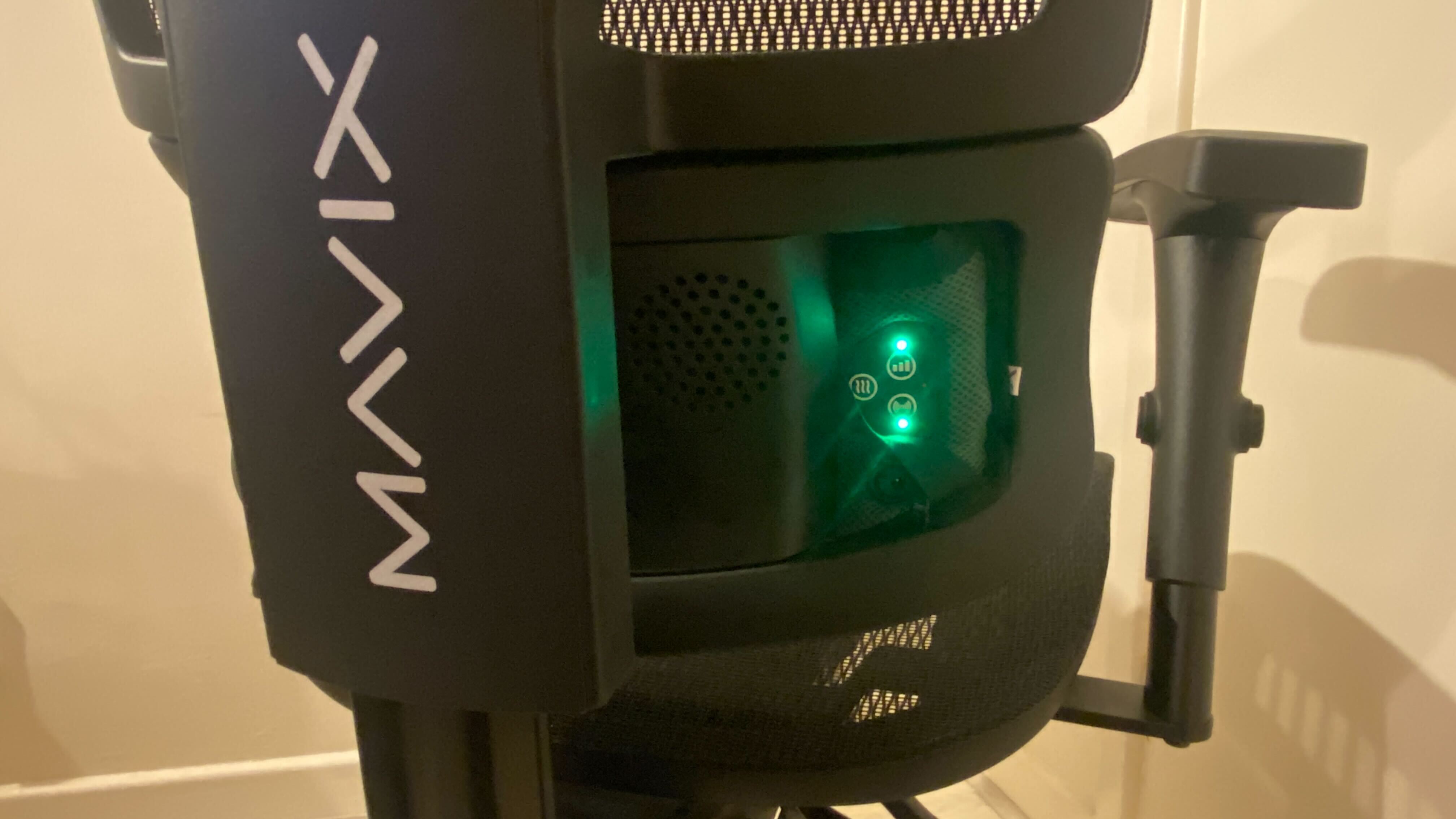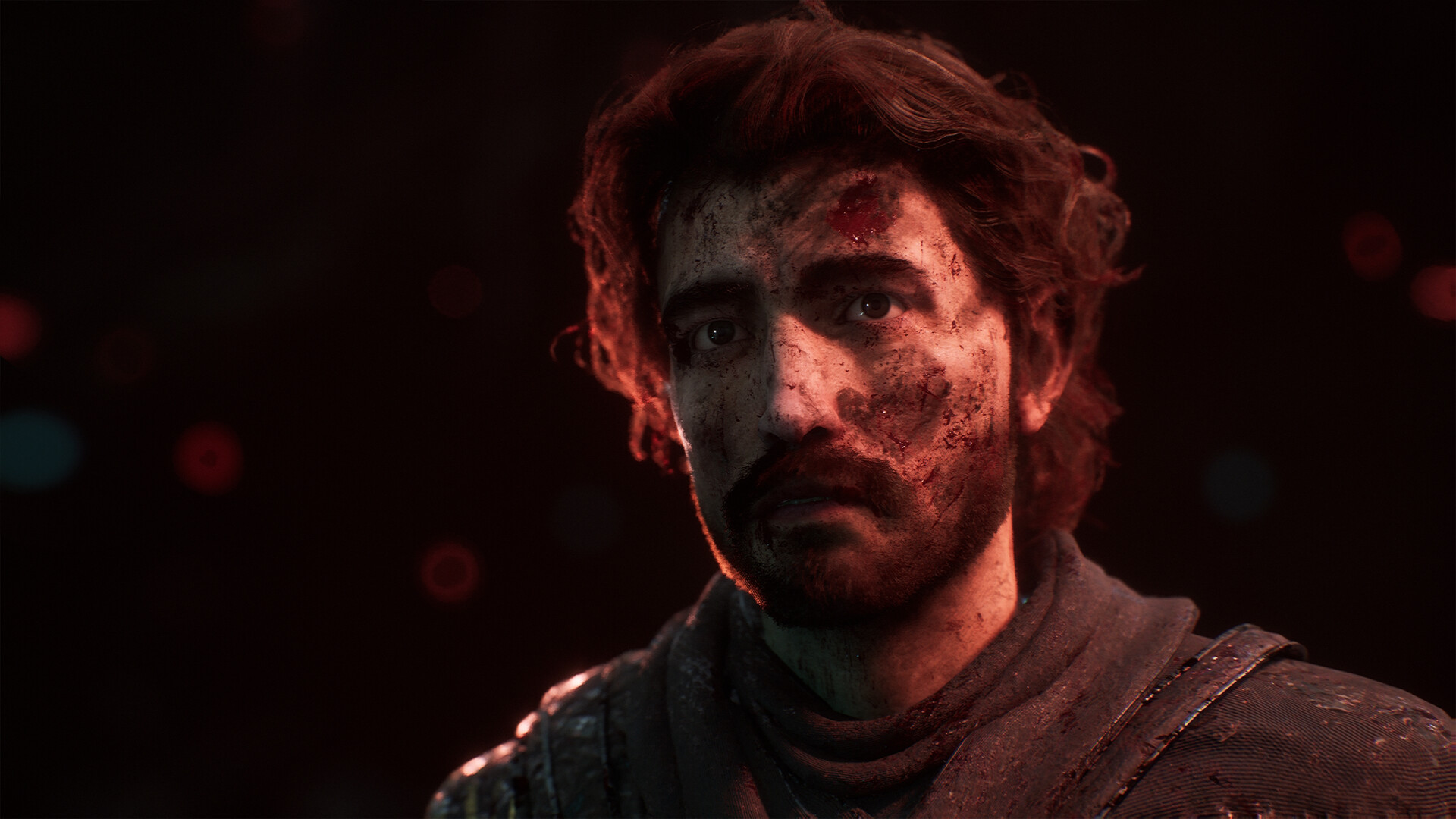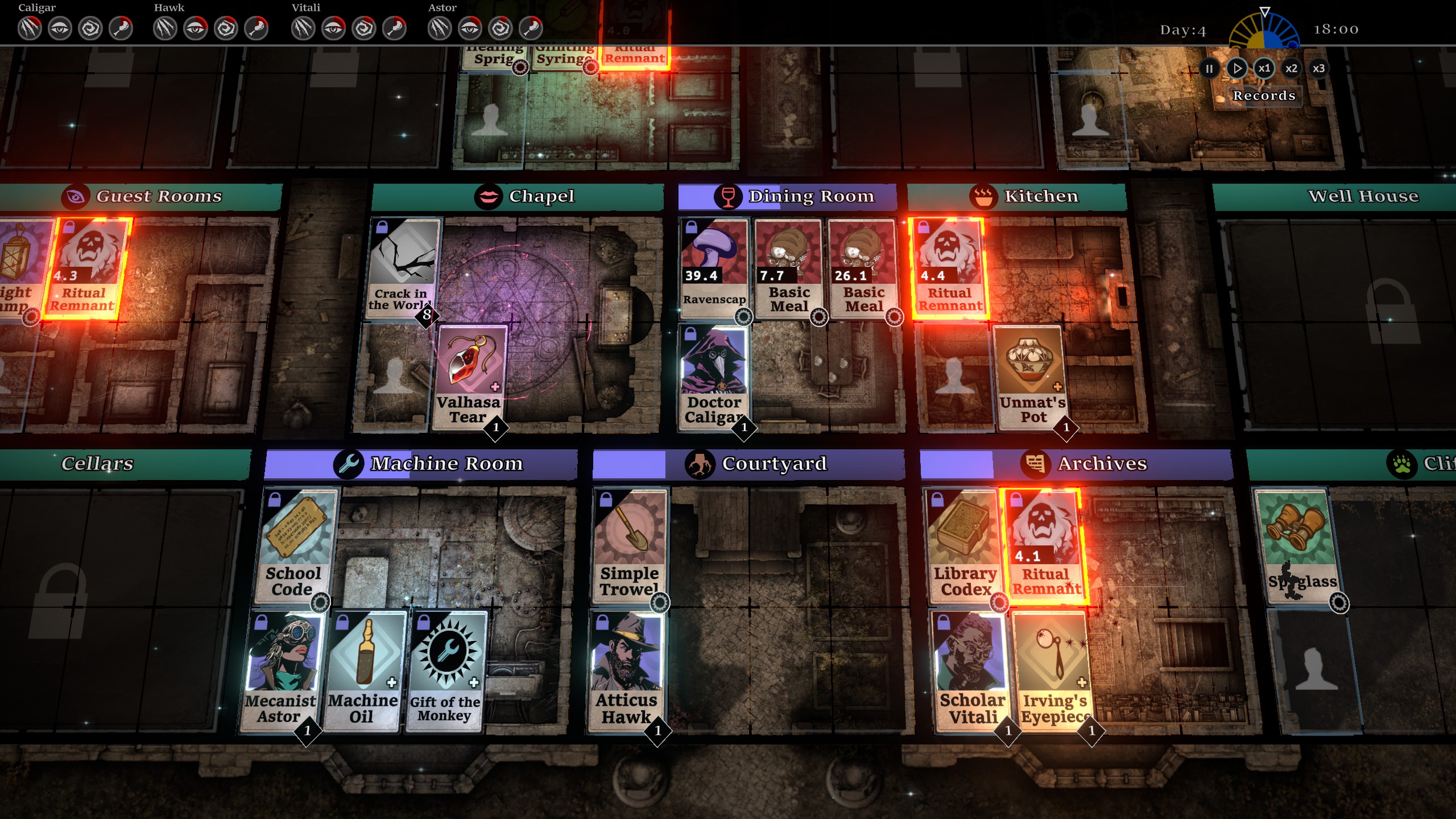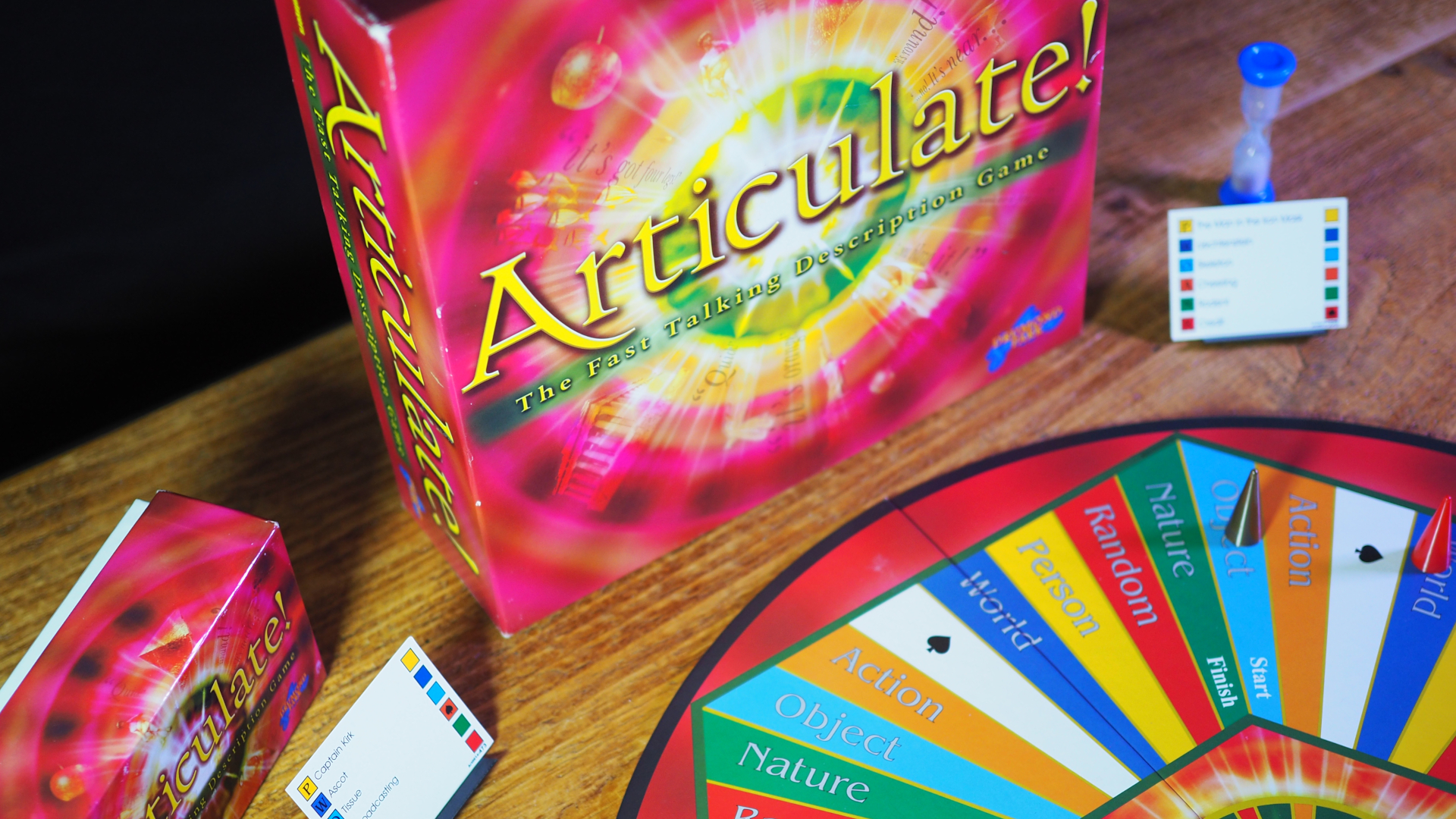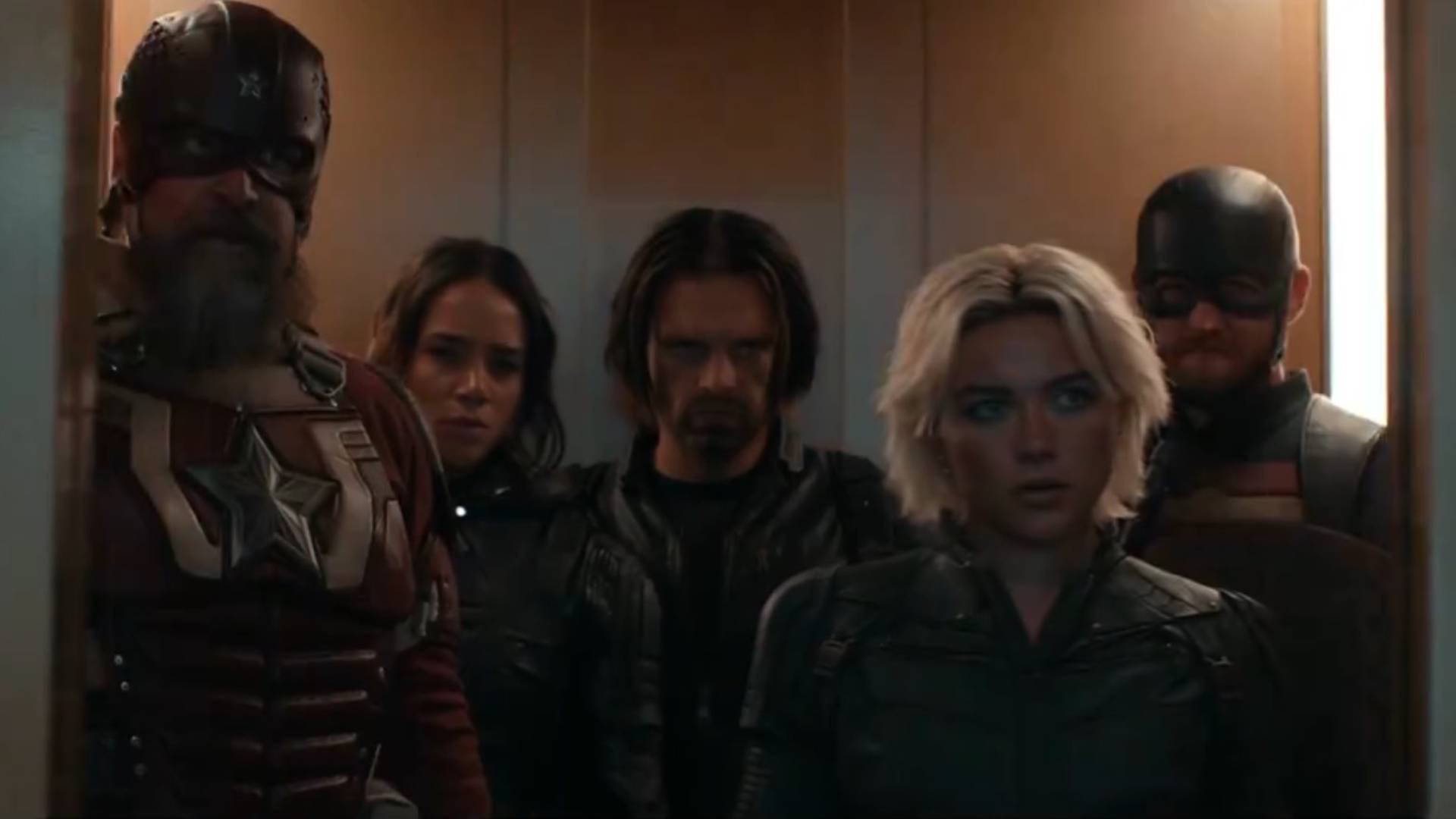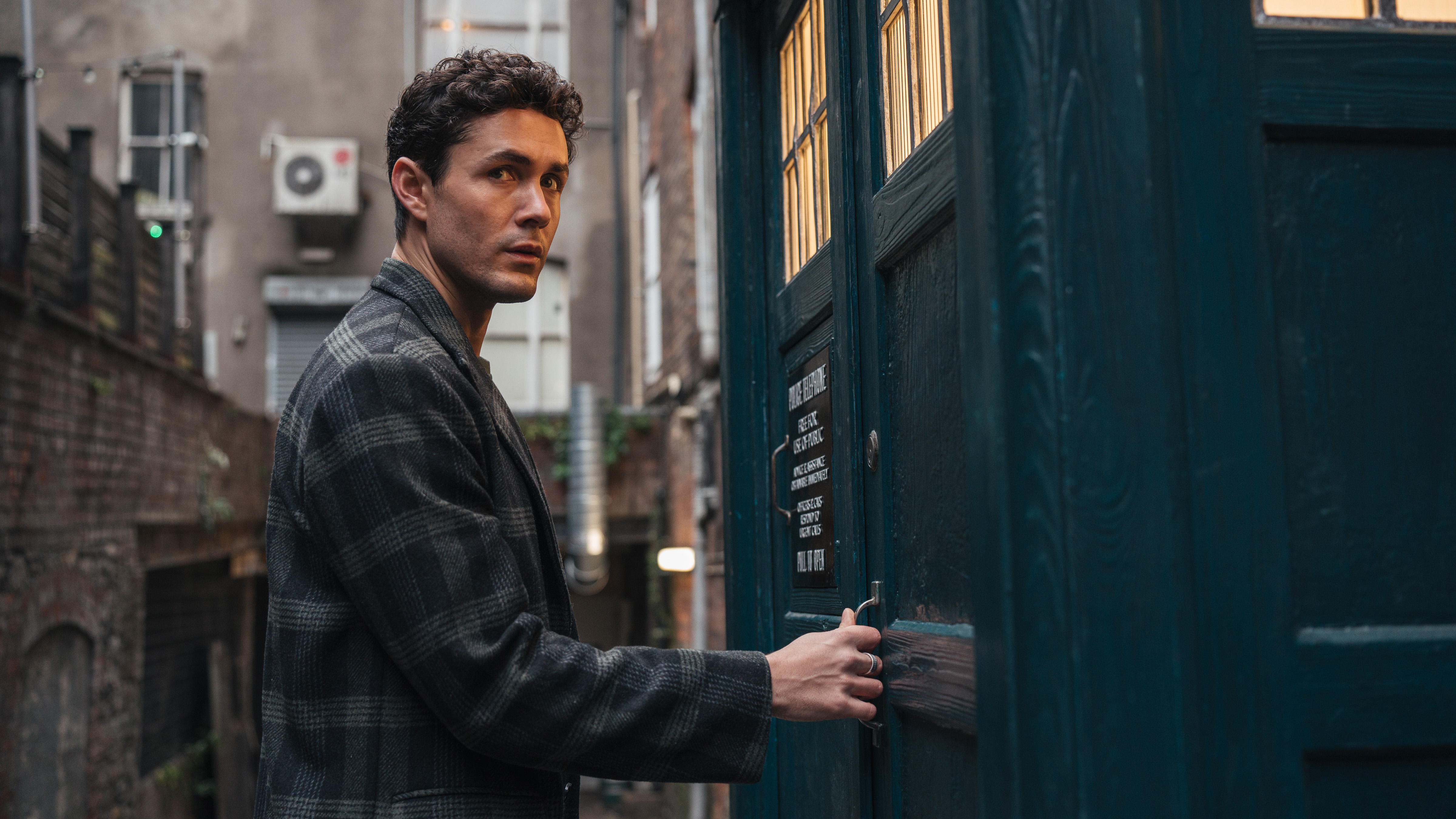When you purchase through links on our site, we may earn an affiliate commission.Heres how it works.
At the time, it seemed like it came out of nowhere.
I can’t imagine an experience like this coming from any other environment.
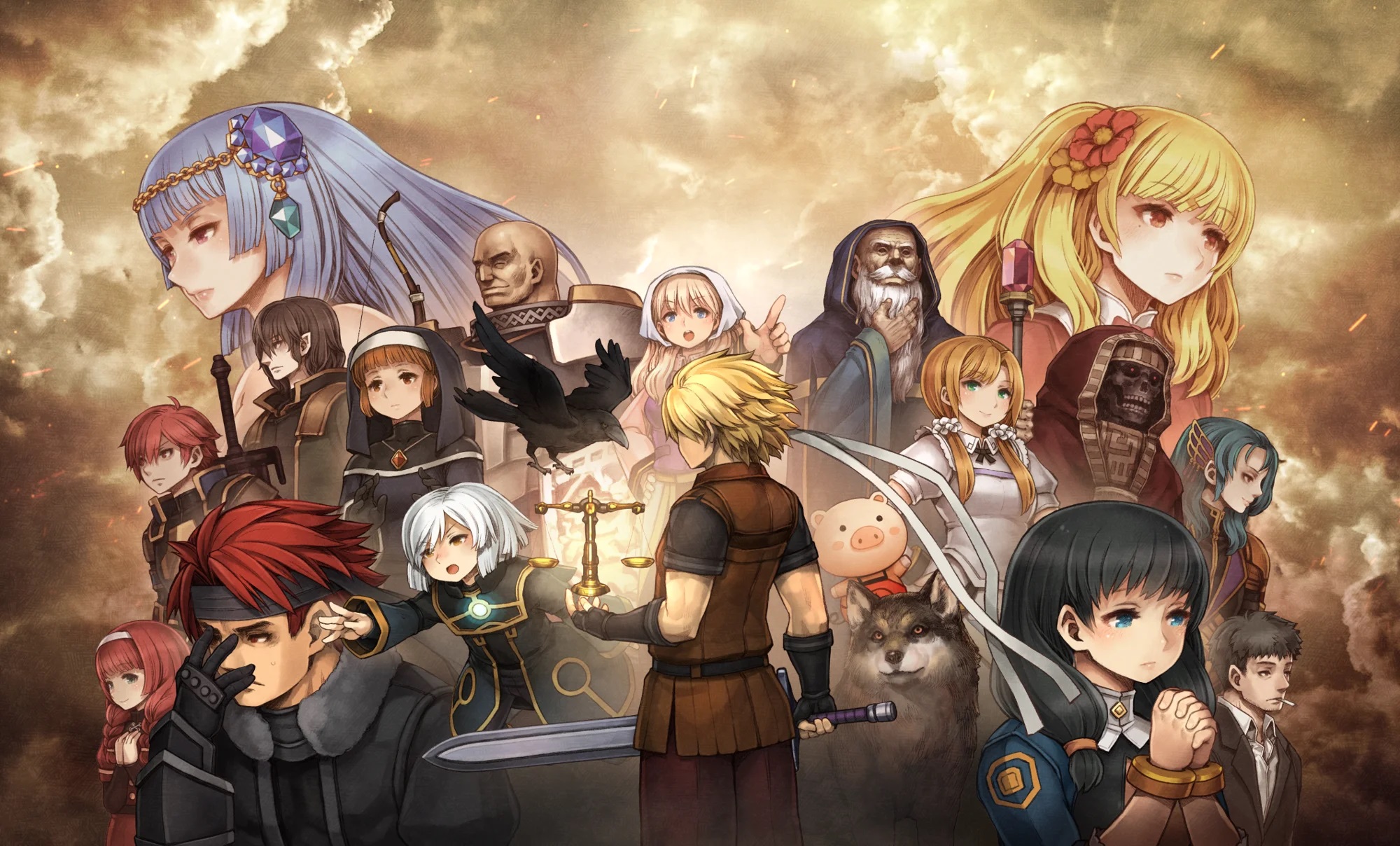
It is see-it-to-believe-it weird.
It is jank and obtuse in a way scarcely seen since the 1990s.
But clearly, that vision has clicked with a lot of people.
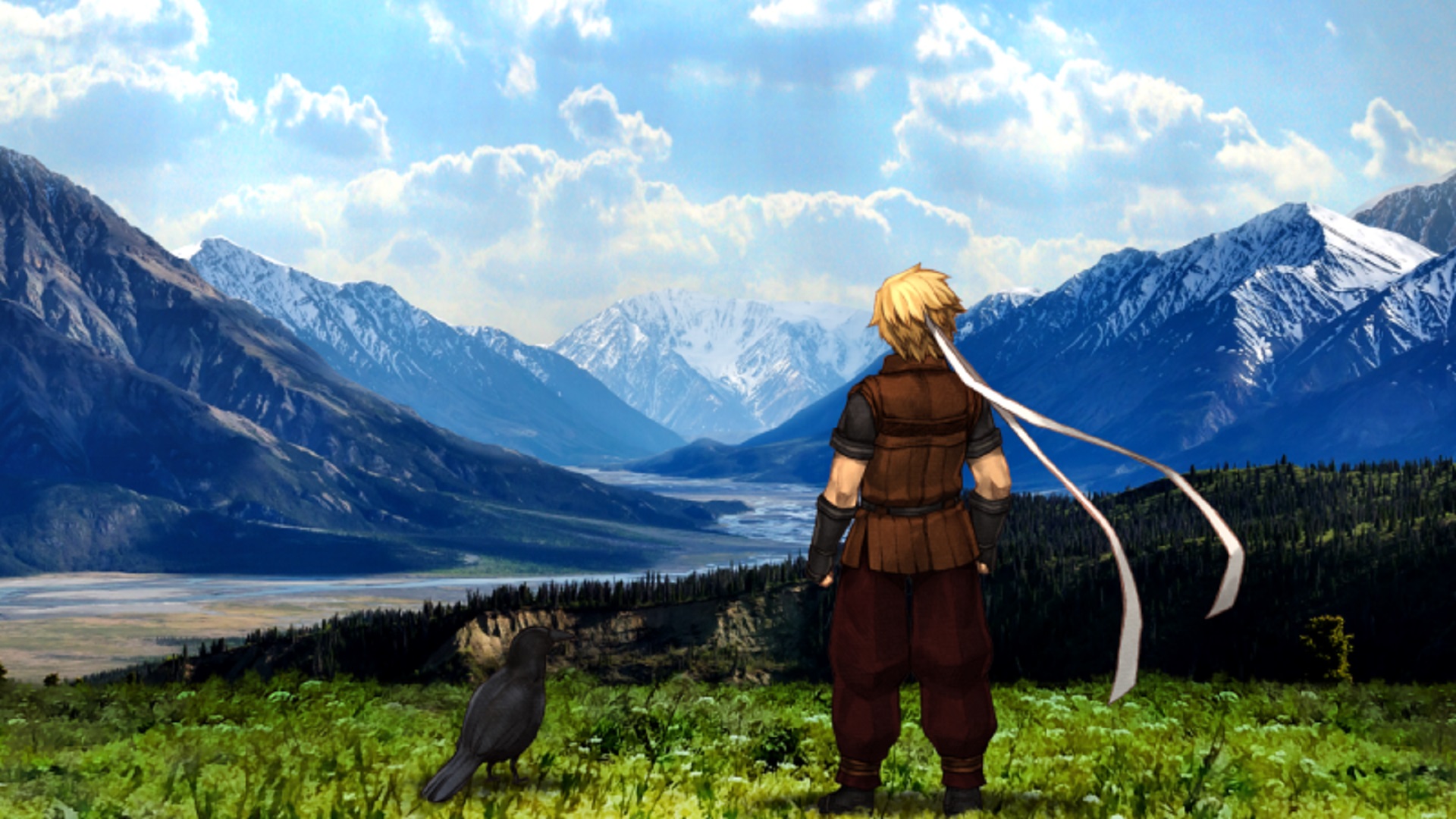
(It’s also on Switch.)
Responses edited for clarity and length.
Why did it take 14 years to finish this game?
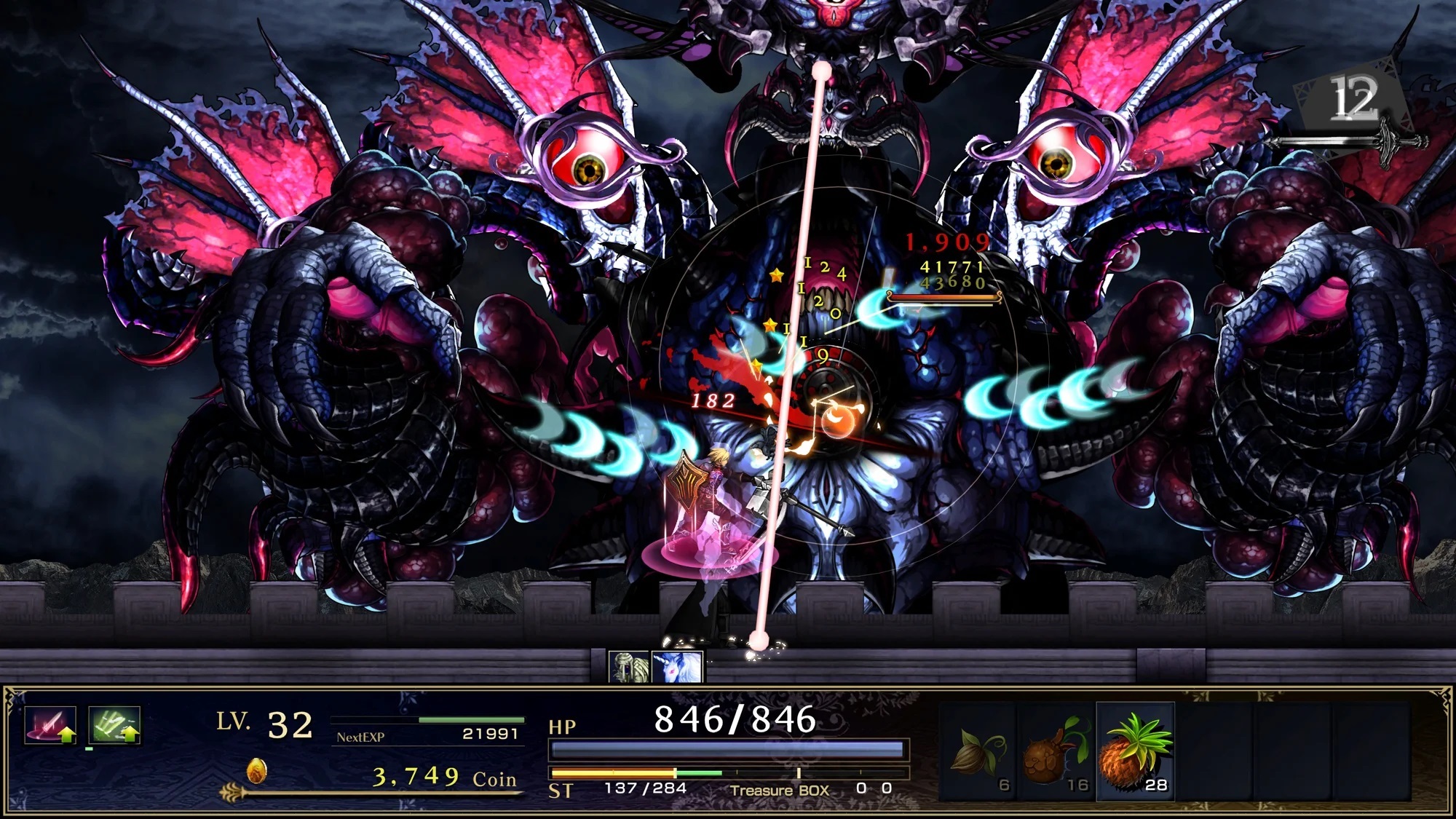
How did you stay motivated, especially creatively, working on the same game for 14 years?
Did you work on other games along the way?
Along the way, my motivation waned multiple times, leading to pauses in development.
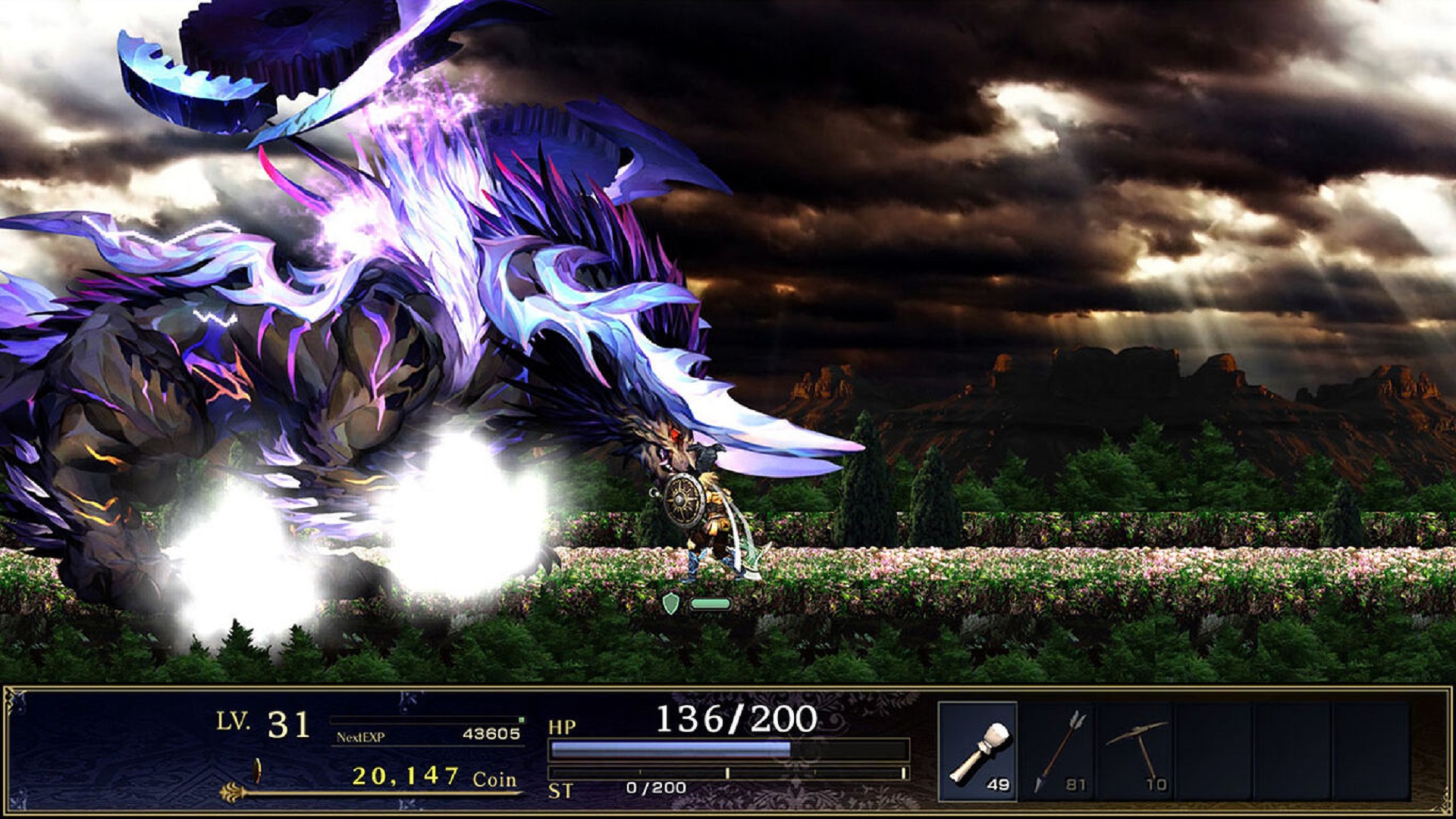
This eventually evolved into a puzzle RPG, resulting in the smartphone gameMagicus.
It was a miracle that the story came together in the end.
How long do you think your next game might take you to make?
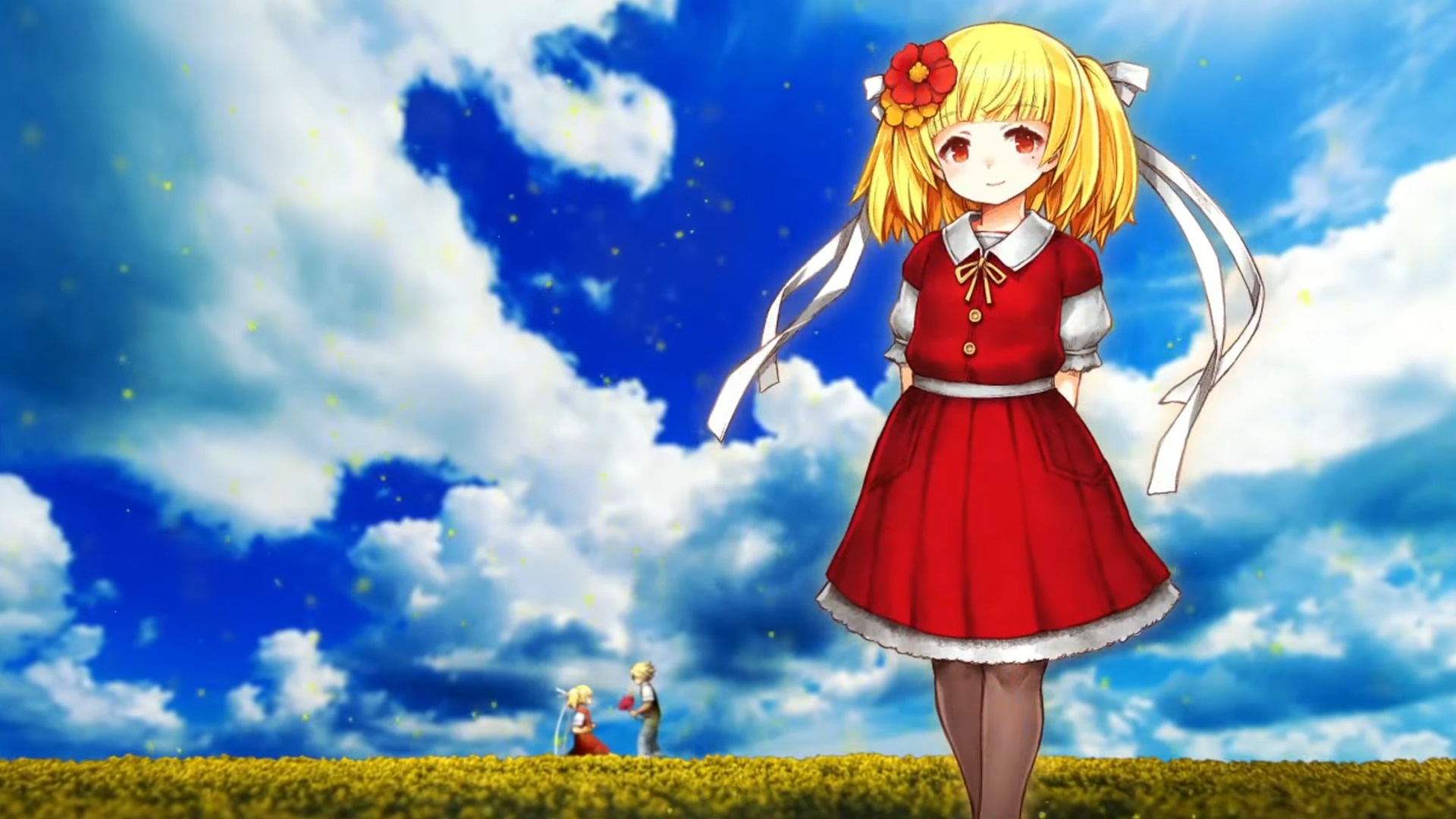
Hopefully not 14 years!
And I believe I won’t be able to create another game on the scale of Astlibra.
Do you ever think about how many games it’s possible for you to reasonably make in your lifetime?
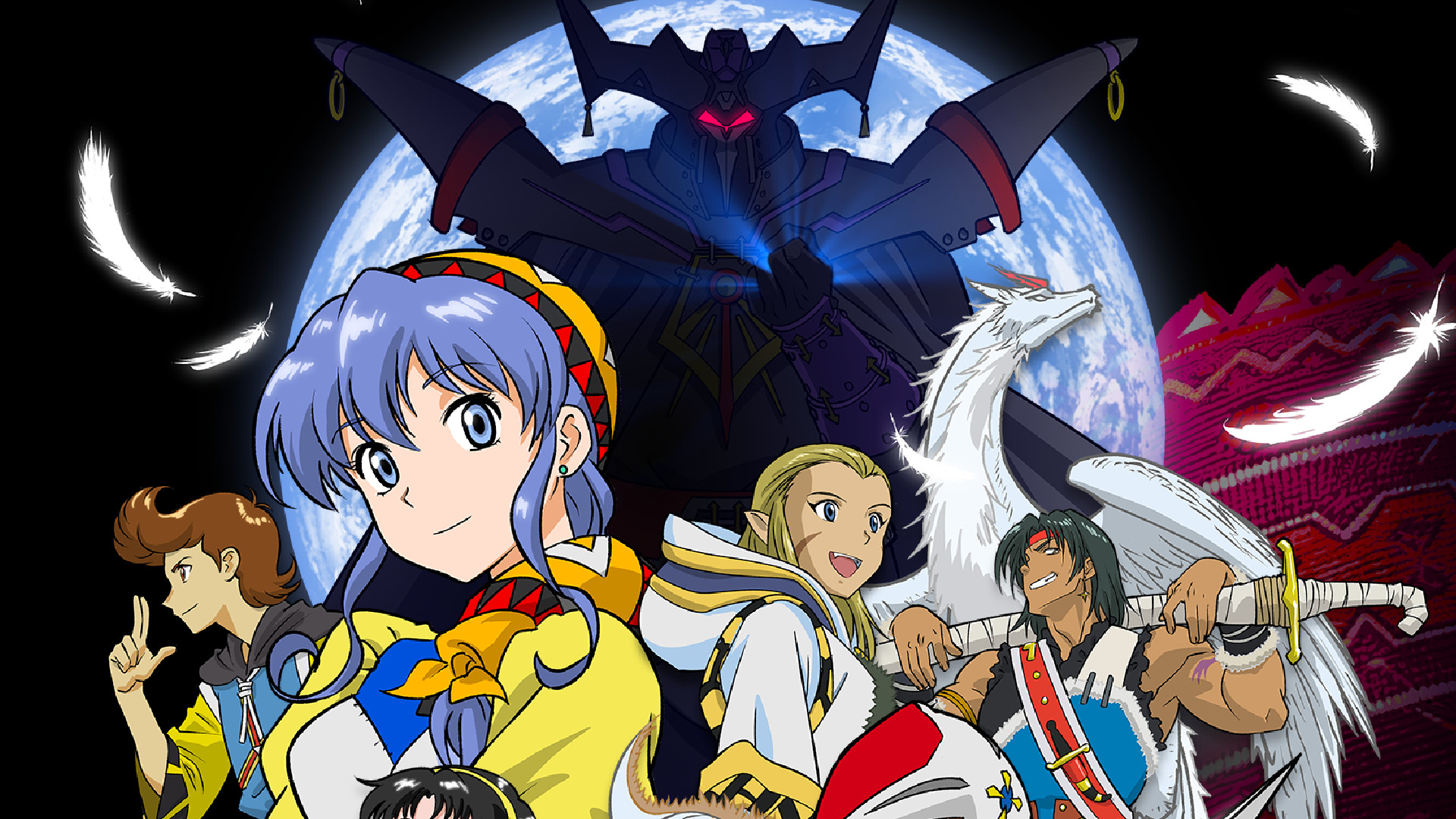
How do you weigh that creatively?
I think about this question from time to time.
The decline due to aging is something I’m acutely aware of.
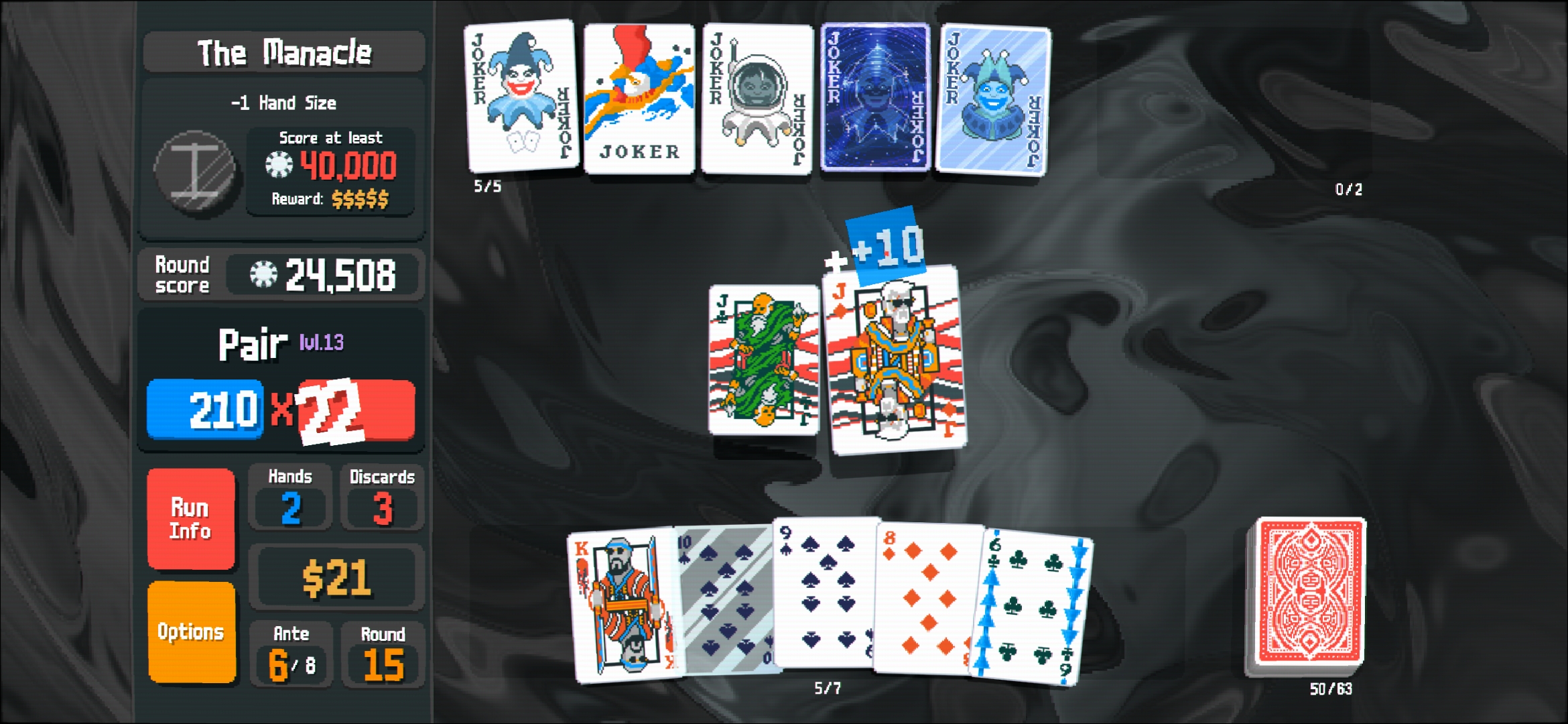
Despite that, I wish I could create about two more works.
What game development experience did you have when you started working on Astlibra Revision?
When I was in middle school, I created a game using RPG Maker.
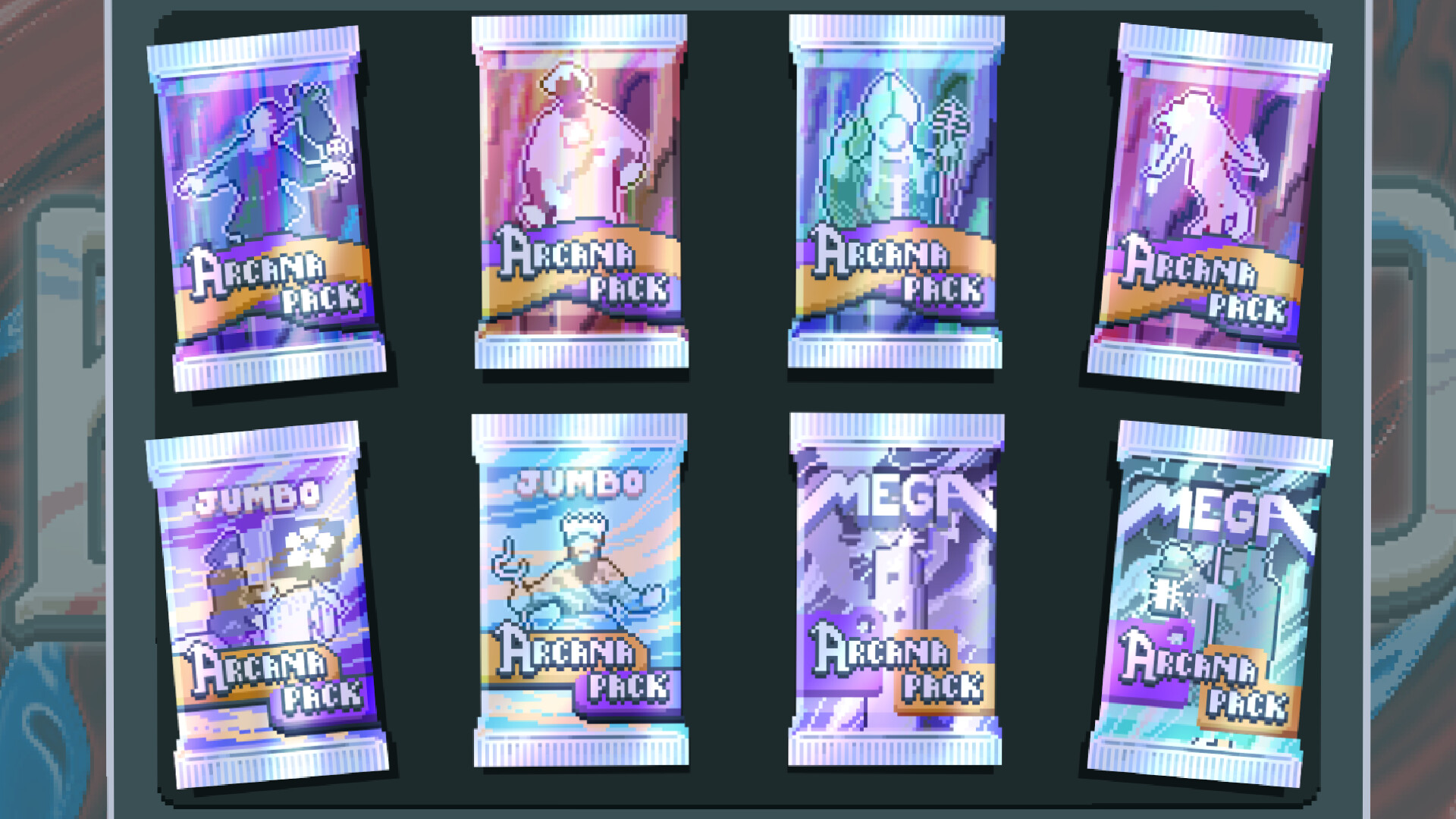
The only player was a friend of mine.
Making games was fun for me, it felt like playing games while creating them.
Development consumes a significant portion of one’s life, so finding joy in the process is everything.
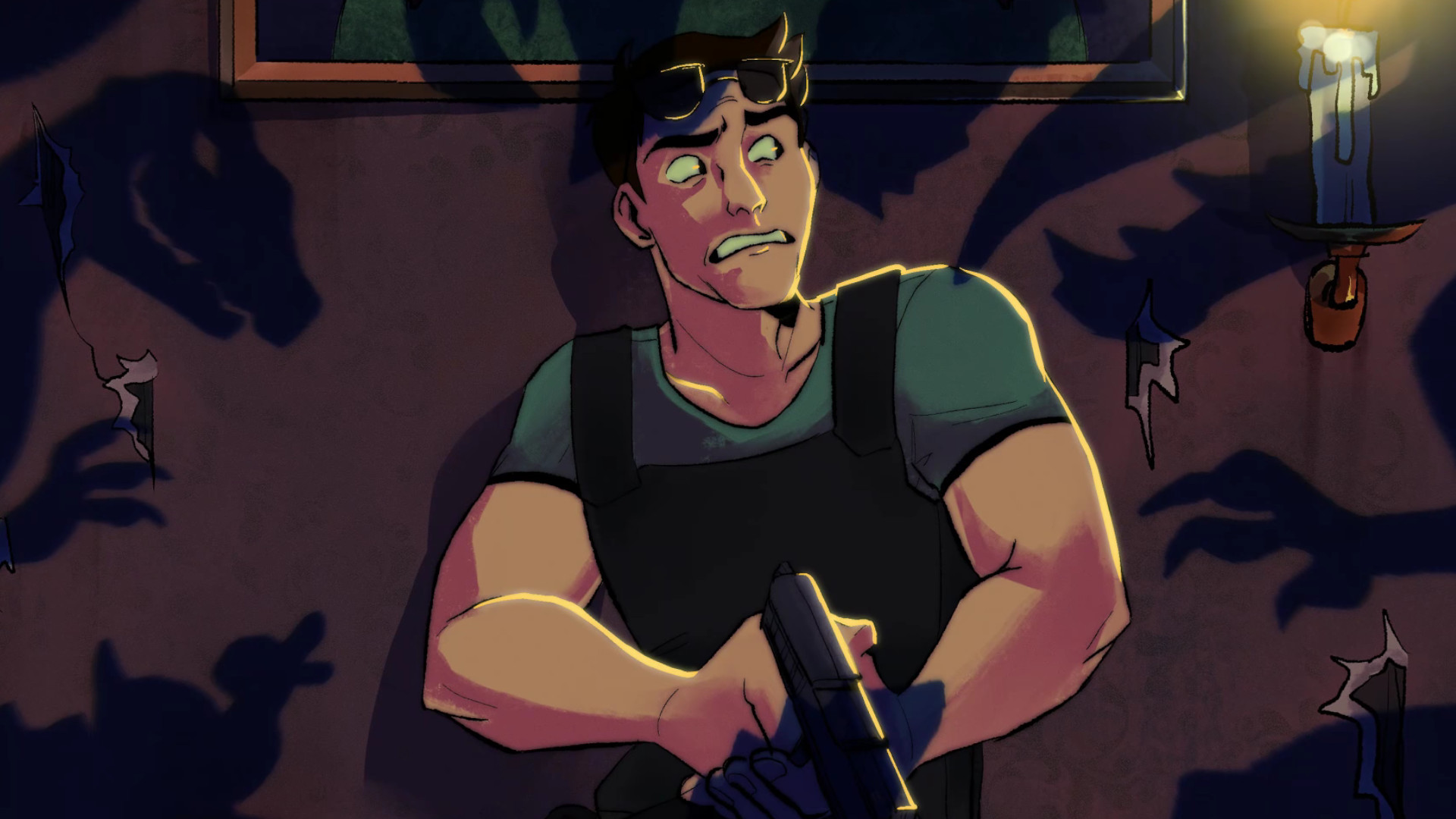
When did you first have the idea for Astlibra Revision?
How did that idea evolve throughout development?
The story evolved gradually as development progressed.
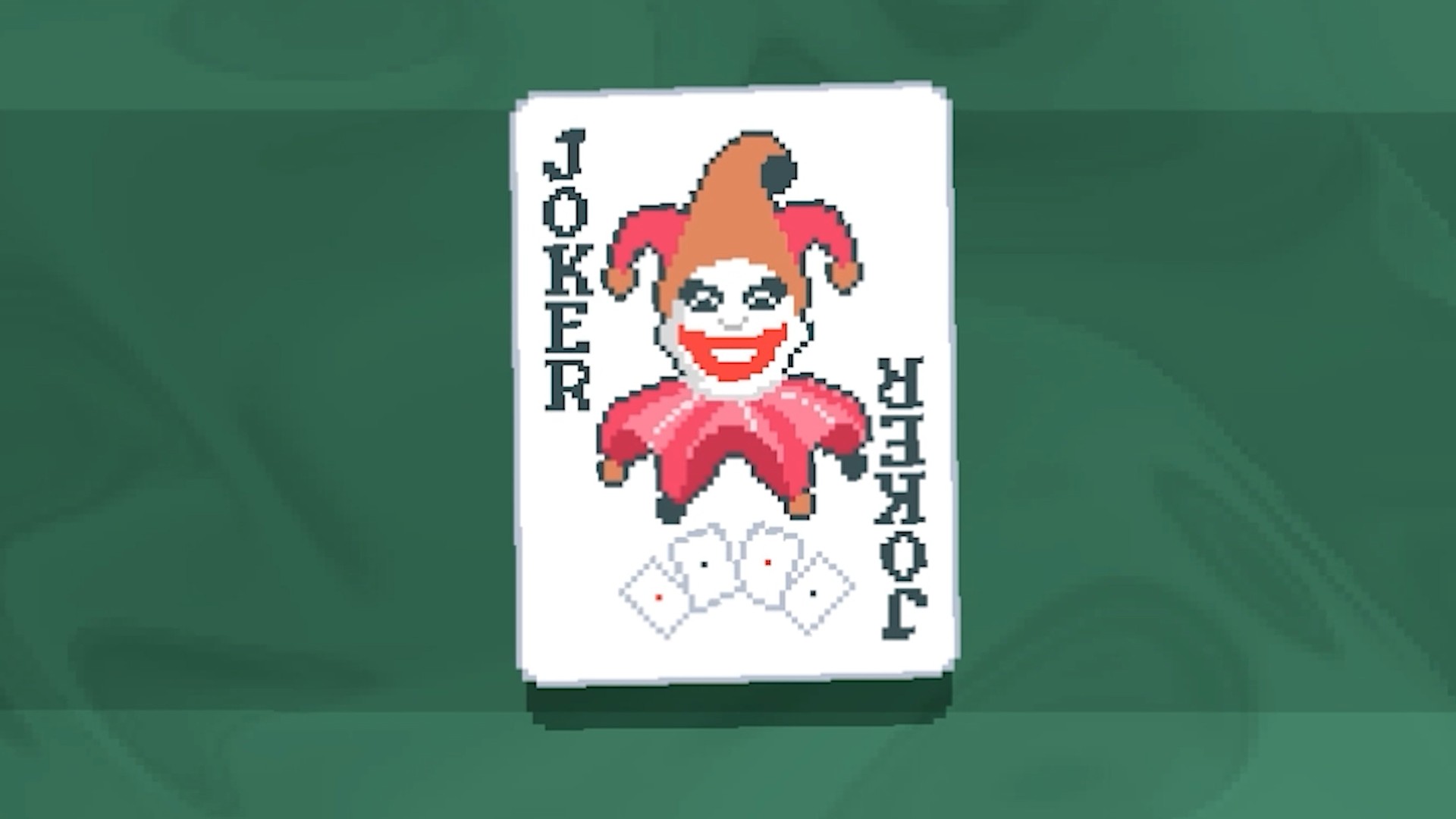
The Japanese term “[go with the flow]” fits perfectly.
Therefore, it was a miracle that the story came together in the end.
As a solo developer, which aspects of game development are most challenging for you?
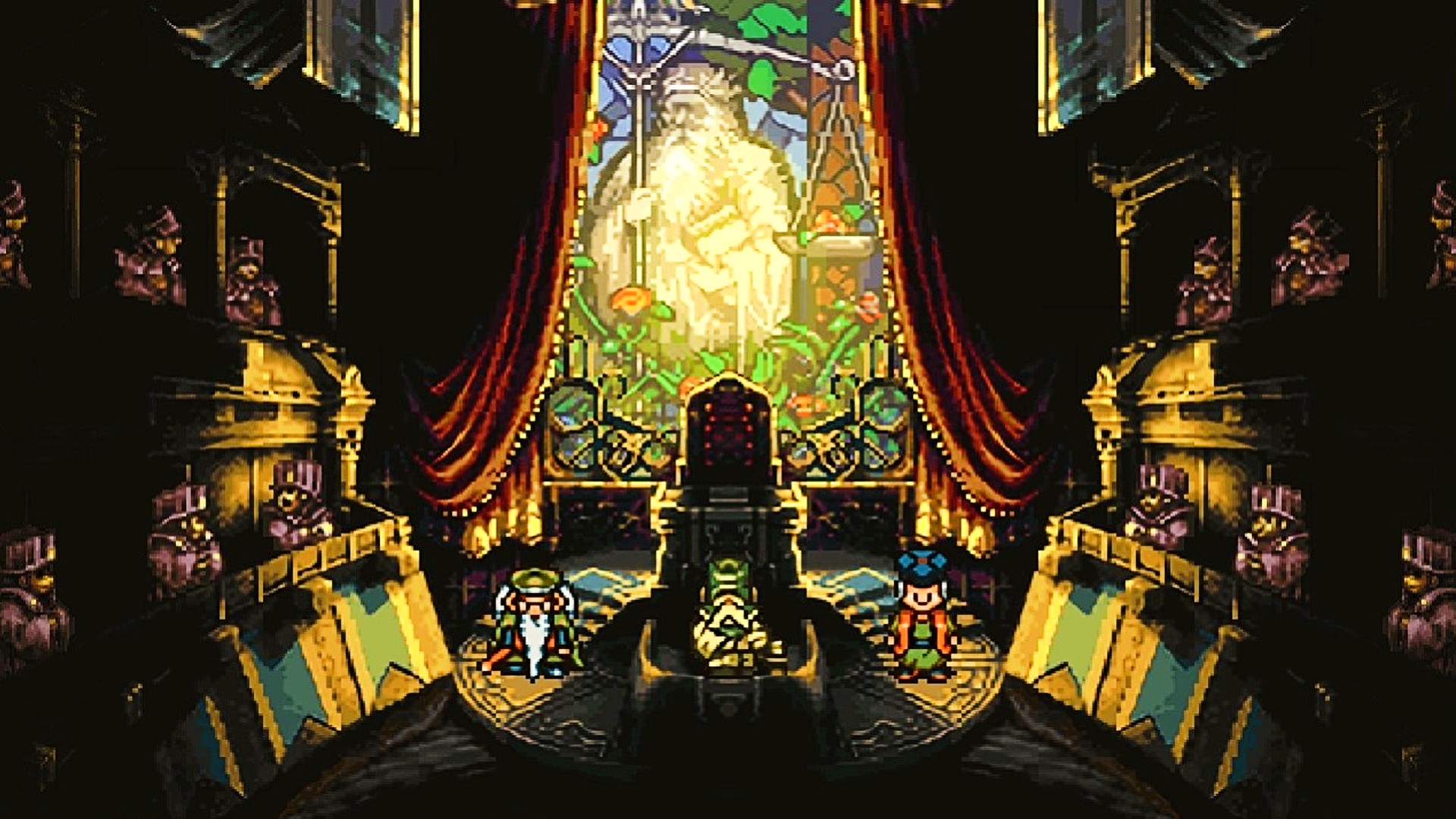
What do you consider your strengths and weaknesses as a designer?
With storytelling, there are no clear answers.
I was immediately struck by Astlibra Revision’s art style, especially the level design.

Some levels almost look like something from a totally different game.
What’s your history as an artist, and what was your goal for the art style?
I’m also curious about the role of Vanillaware artist Shigatake in the project.
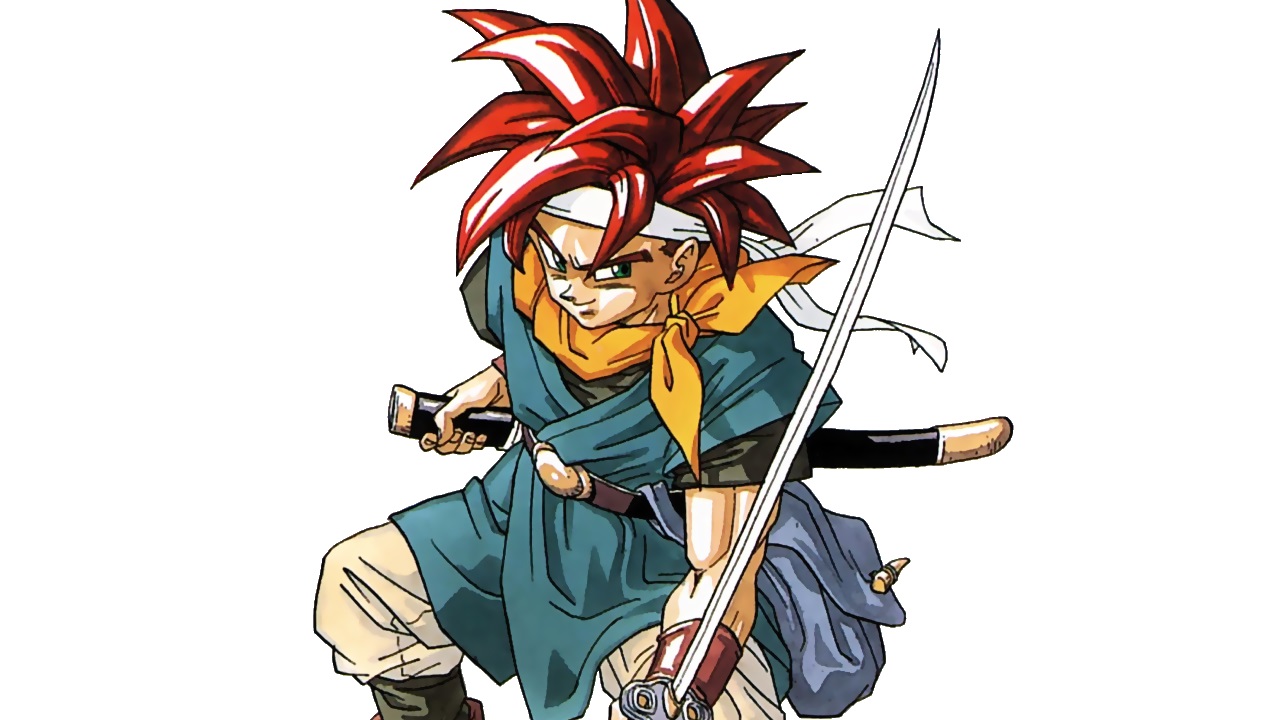
I don’t have an artist background or specific goals.
I intend to continue making games on my own in ways that I like.
Originally, all characters were also based on free materials from various artists.
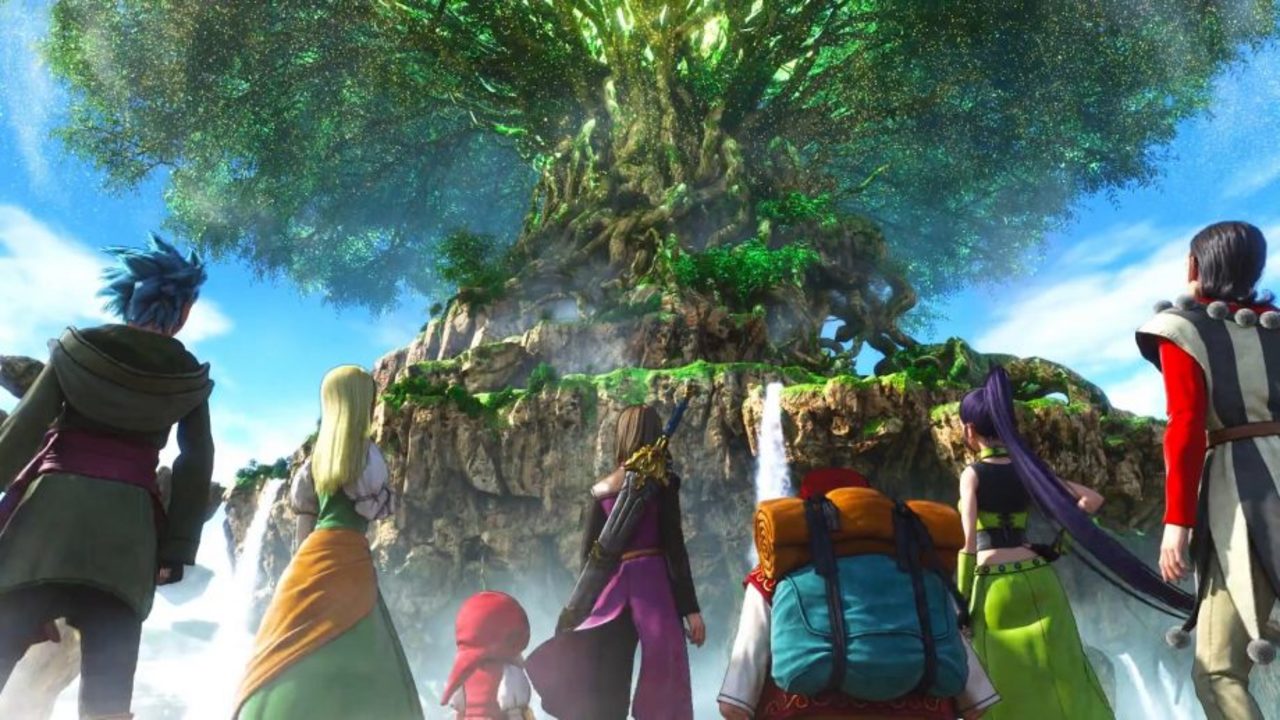
The refinement process was aimed at achieving a uniform level of design and quality.
Some characters and bosses were also designed by Shigatake.
I feel that it is completed.
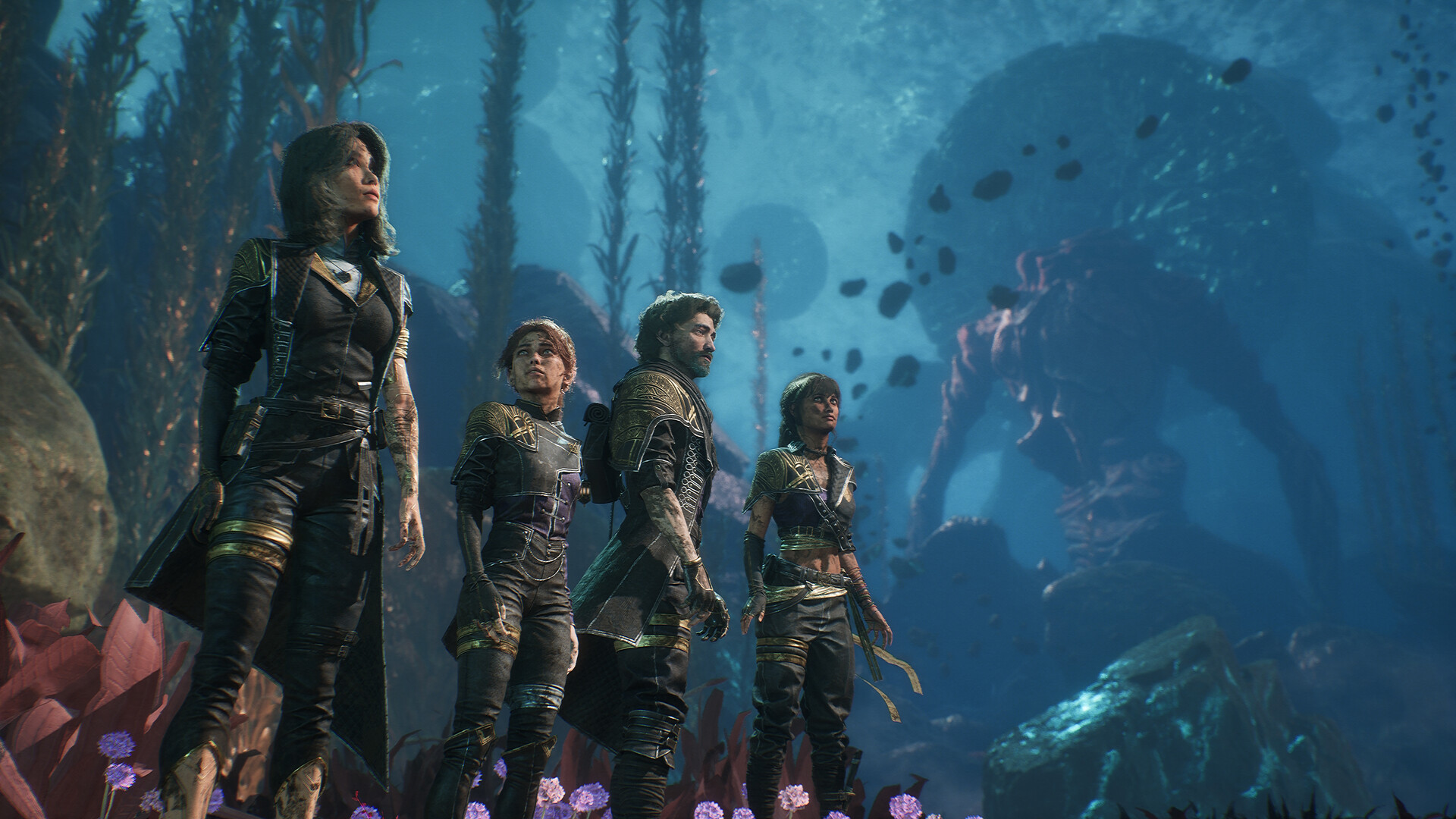
What pushed you to make the Gaiden DLC a roguelike-style mode with a different gameplay flow?
The reason for creating Gaiden was that there was no clear timeline for completing the main game.
I decided to use random dungeons as a way to reduce the workload involved in map creation.
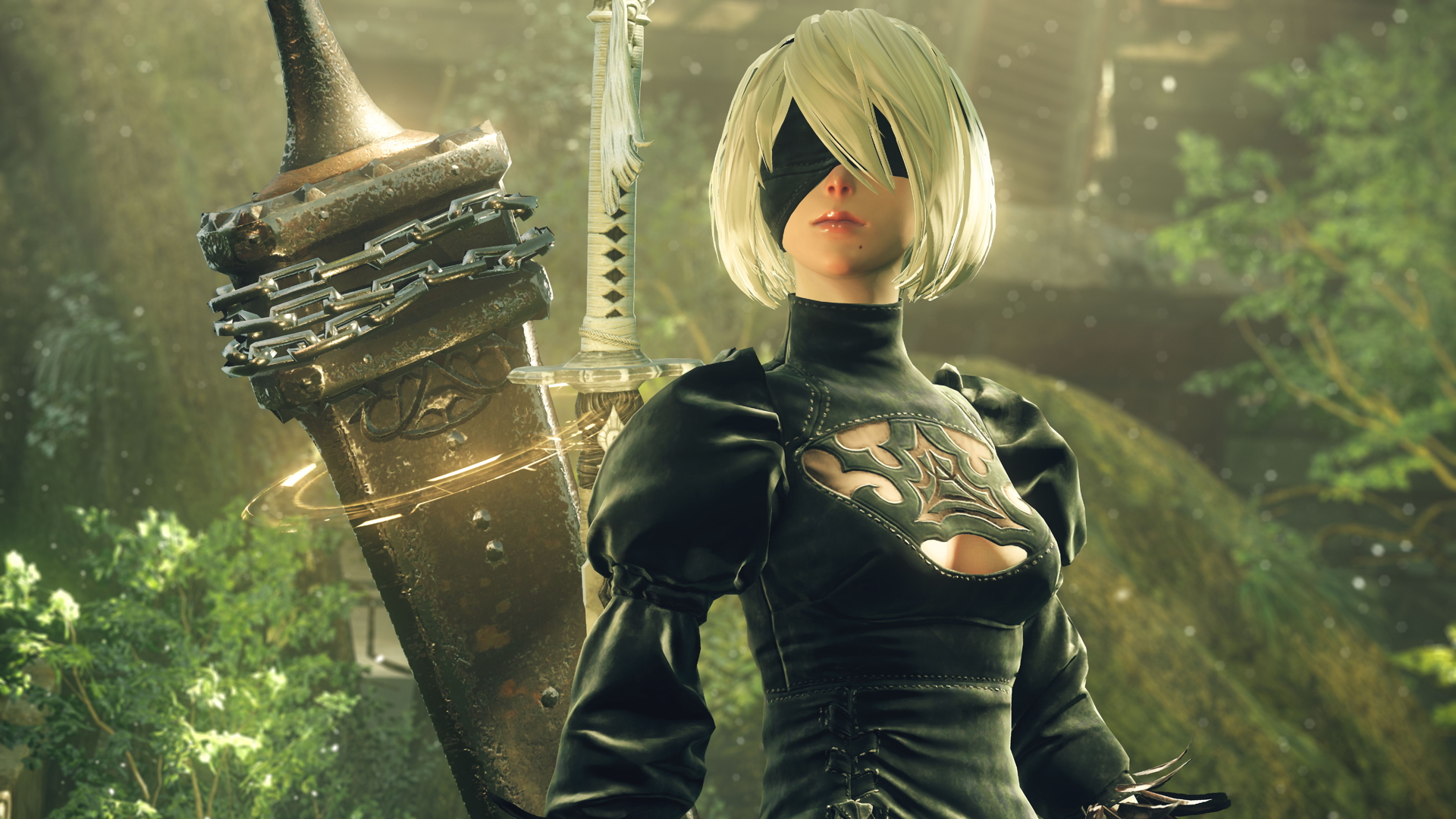
So, its just that the dungeons are random.
I personally don’t consider it a roguelike game.
How has the huge success of Astlibra Revision affected your life?
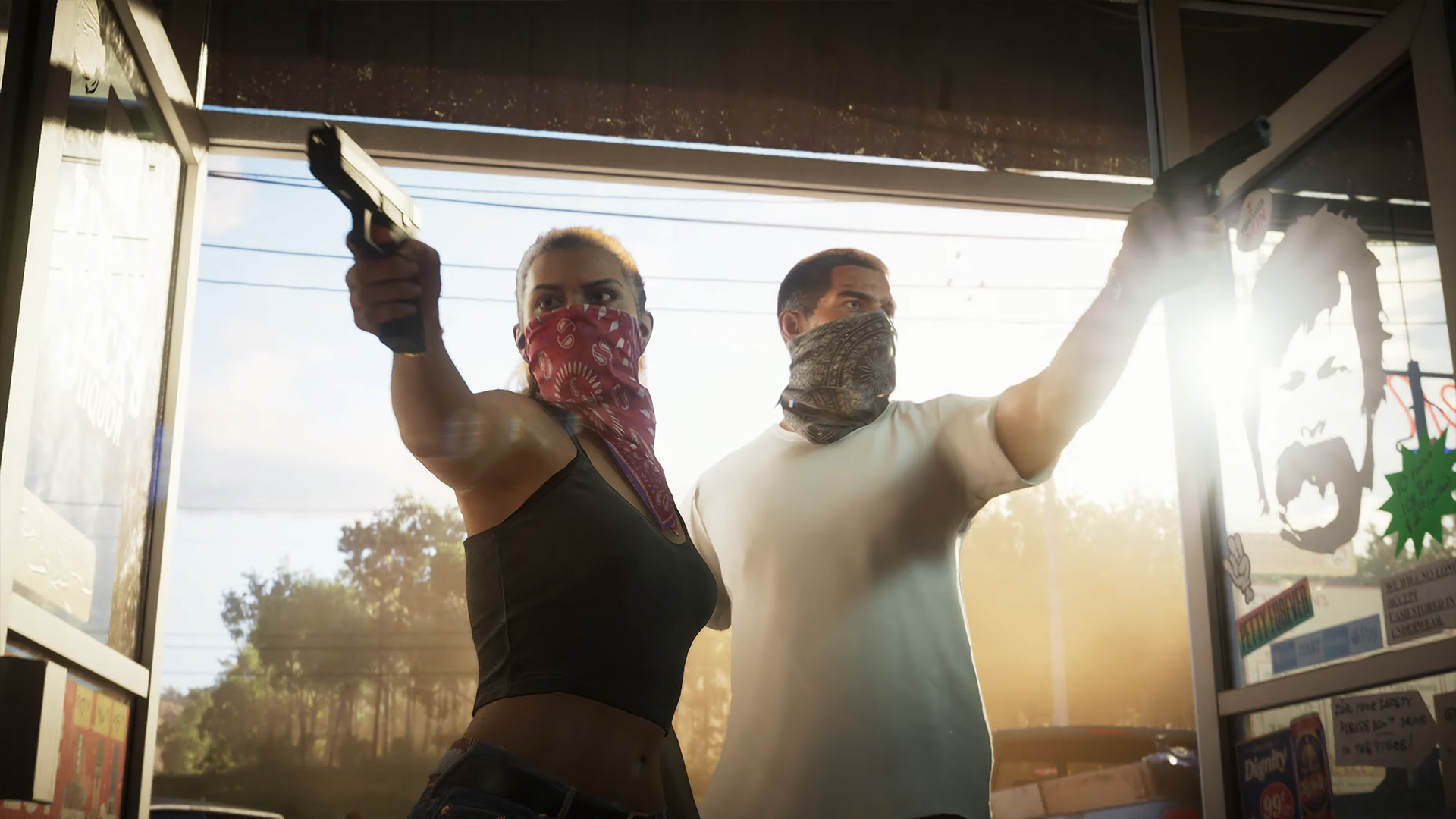
Do you think you will stay a solo developer?
There weren’t any other significant impacts.
What would you say to people who are looking to get into game development, especially within Japan?
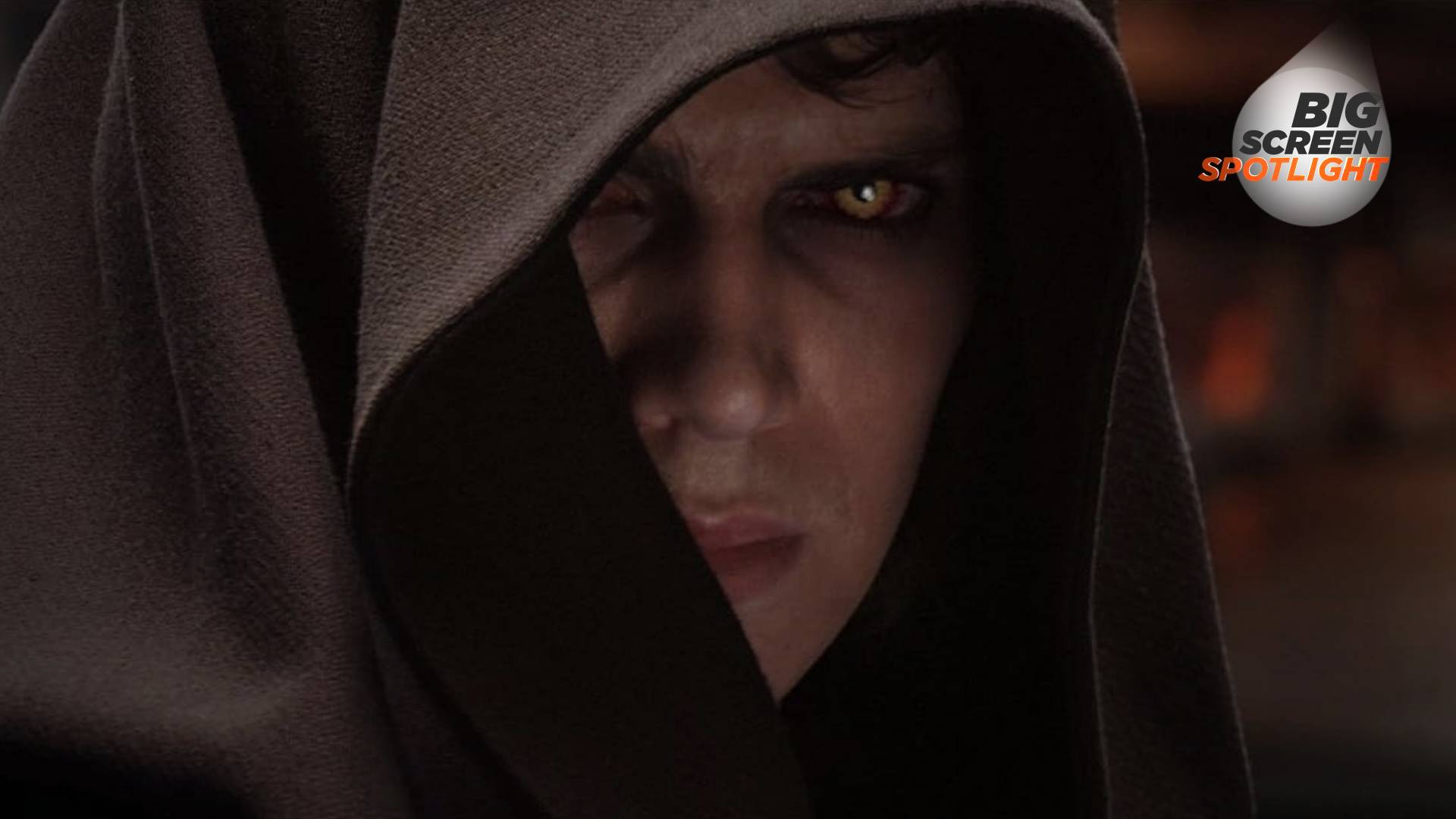
Development consumes a significant portion of one’s life, so finding joy in the process is everything.
It is both the goal and the daily achievement.
I believe it is important to never forget that.
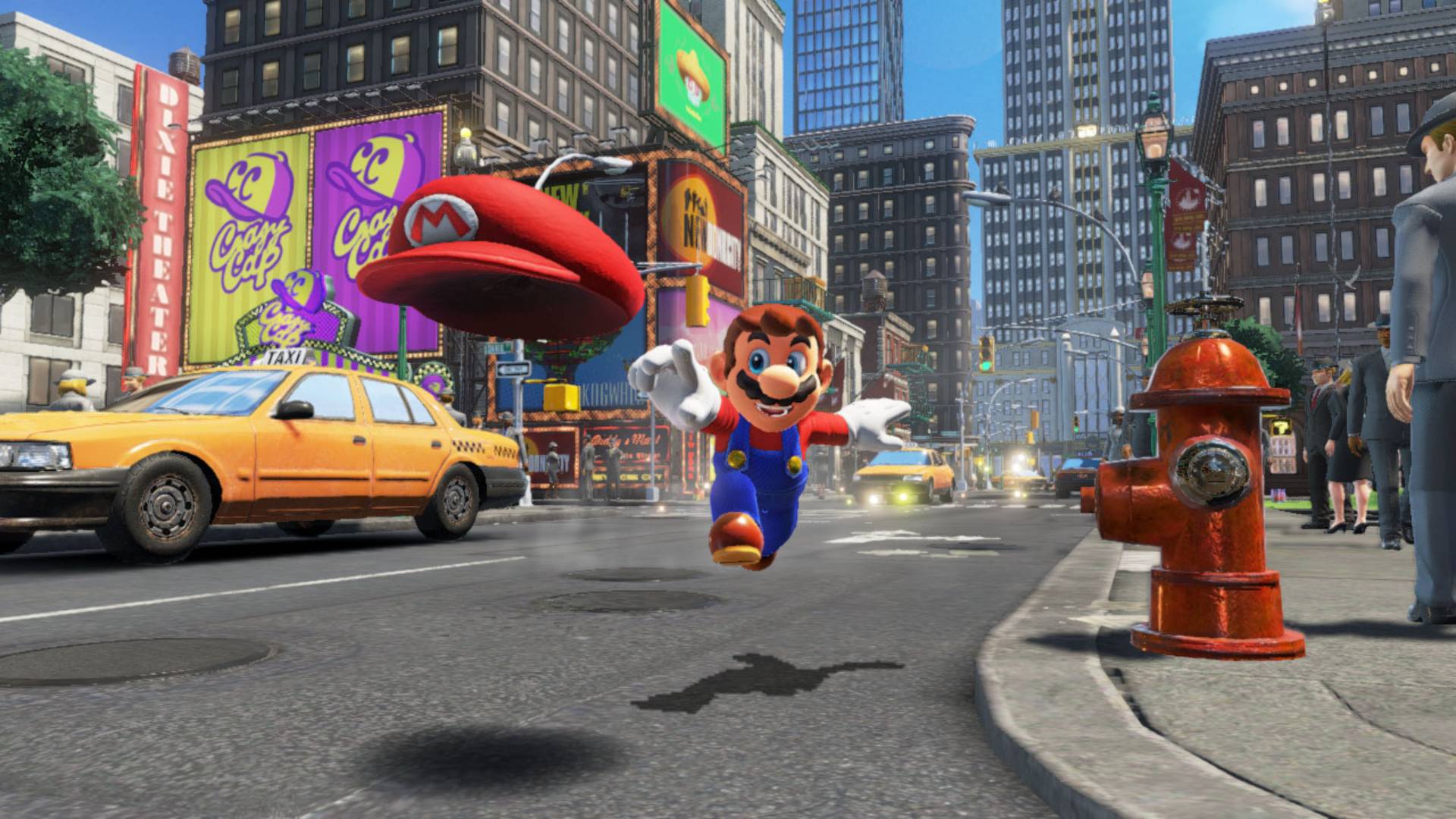
Regardless of what awaits beyond completion, consider it an additional story, not the core.
I hope that one could develop games with this mindset.
